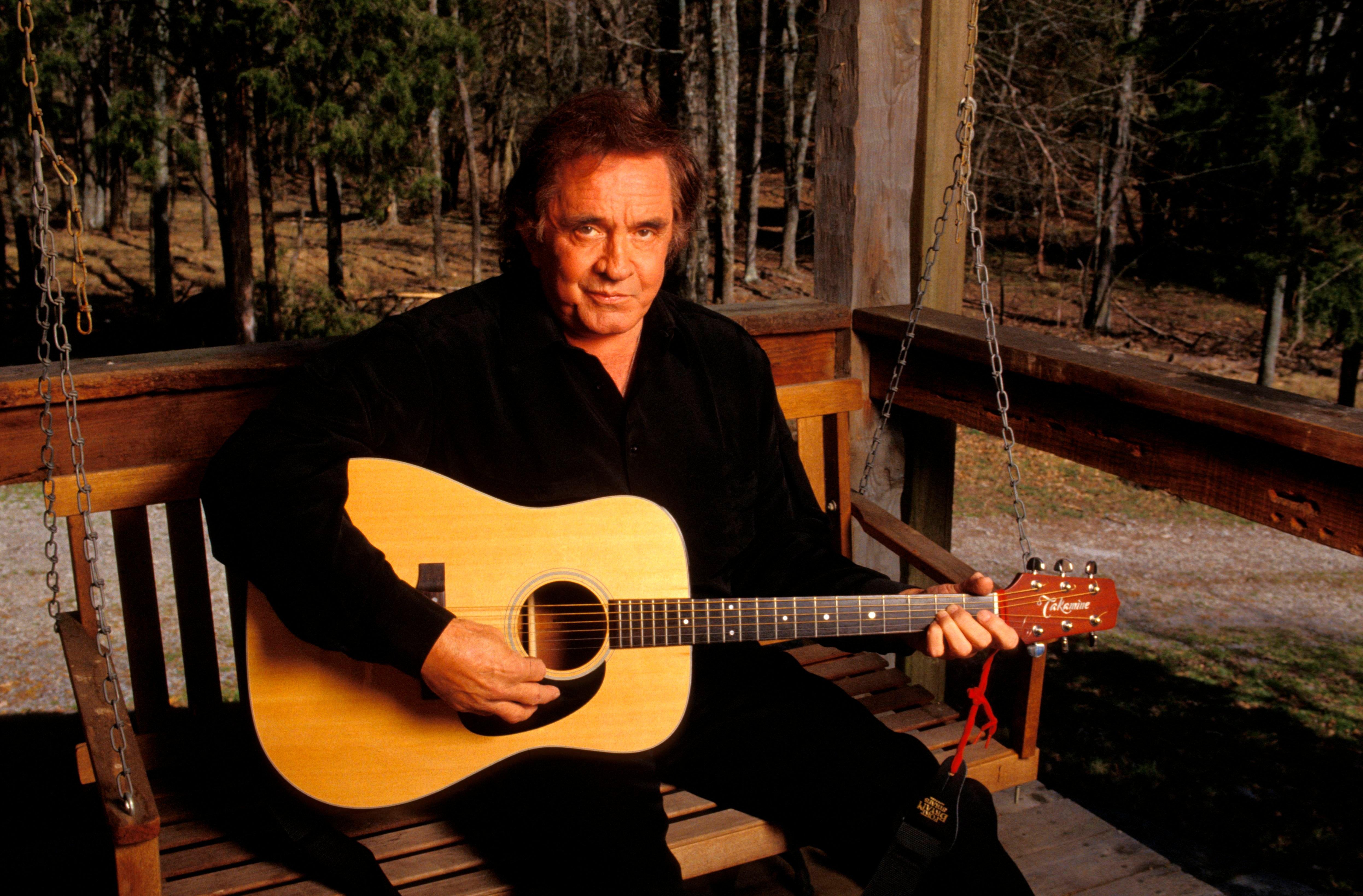Between arenas, clubs, stadiums, hotels, and screaming fans, touring is known to be an adventure. But some artists have taken their adventures to new levels by playing concerts in offbeat locations.
Imagine taking a trans-Pacific flight and a connecting flight to the Japanese island of Kyushu and, following an hour-long cab ride, pulling up to the venue to find a stage built into the side of a volcano, as bassist Ron Carter and guitarist Jim Hall once did. Or playing a string of concerts in Egypt amid pyramids and sphinxes, as the Grateful Dead did in 1978. Or discovering you've been booked for a blues festival at a nudist colony in Michigan, as the late GRAMMY winner Koko Taylor did in 1996.
"We had no idea till we got there," recalls Melvin Smith, who played bass in Taylor's band. "[Taylor] laughed, and was very cordial with the people. A couple times she gave a couple good stares. We all found it very humorous; something we had never done before."
There's an old adage that there's nothing new in the music industry except the music. In the '20s and '30s itinerant musicians would stroll the aisles of railroad cars, playing whatever a passenger who tipped them wanted to hear, be it blues, country or the day's pop tunes.
A couple of years ago, guitarist Ted Drozdowski of the duo Scissormen decided to combine his love of trains with his love of blues. Along with drummer Matt Snow, the Scissormen began performing in vintage passenger cars and strolling the aisles themselves.
"Vocally, it's a trial by fire," says Drozdowski, whose favorite line is the Naugatuck Railroad in Connecticut. "[There's] no PA, [it's] just singing straight to the people over the rumbling and hissing of the train — and the locomotive's air horns. Occasionally the train would hit a dip in the rails, and a couple times we nearly ended up in peoples' laps."
Outdoor performances don't get much more off the beaten path (or frigid) than north of the Arctic Circle. That's where blues guitarist Guy Davis performed "Walking Blues" in April 2011 for an audience of dozens prior to Robert Johnson's 100th birthday out on the sea ice in Uummannaq, Greenland.
Johnny Cash parlayed an interest in prison life and songs such as his classic "Folsom Prison Blues" into a series of concerts in actual prisons. The GRAMMY winner's 1969 concert at San Quentin State Prison, Johnny Cash At San Quentin, was nominated for Album Of The Year. A year prior, he released Johnny Cash Live At Folsom Prison, which won a GRAMMY for Best Album Notes.
Saxophonist Odean Pope's experience at Holmesburg Prison in Philadelphia wasn't as smooth. Pope had been teaching music classes to a group of inmates and putting on concerts coinciding with holidays. On July 4, 1978, a fight broke out between two groups of inmates. Chairs flew; crude knives fashioned from forks and spoons were brandished and the escape route had been mistakenly locked.
"If it hadn't been for some very protective students who threw their bodies over ours, I don't know if I would be here to tell the tale," says Pope.
When his manager suggested he book a date at the monthly radio show "Bluegrass Underground," bluegrass artist Doyle Lawson was skeptical. Lawson had previously played in a cavern in Alabama as a member of the Country Gentlemen and his memories were of a dank, dark place with bad acoustics. But when he heard who else had played "Bluegrass Underground" — artists such as Ralph Stanley, Charlie Louvin and Vince Gill — he changed his mind.
What Lawson found was the Volcano Room at Cumberland Caverns, a show cave near McMinnville, Tenn., 333 feet below ground and carved out by the confluence of two underground rivers over the course of 3.5 million years with "surprisingly and amazingly good acoustics," says Lawson.
"Bluegrass Underground" is the brainchild of creator and executive producer Todd Mayo, who likens it to "Red Rocks with a roof." Debuting in 2008, the concerts are recorded before a live audience and, along with interviews, are edited to air weekly on radio station WSM-AM. In February taping commenced for a second season of the "Bluegrass Underground" PBS television series. The series debuted in September 2011 and now airs in 80 percent of U.S. markets.
It wasn't as deep as singer Katie Melua's concert more than 900 feet under the North Sea in an oil rig, which set a Guinness World Record and became the subject of a documentary. The concert was staged by Statoil to celebrate the 10th anniversary of the biggest man-made structure ever moved on Earth.
Still, Lawson found the experience inspiring. "It's pretty awesome to think about being that far underground," says Lawson. "But when you're out there you're entertaining the people and it's much like being in an auditorium; it's just a little cooler."
(Dave Helland, besides contributing to GRAMMY.com, also writes for Down Beat magazine and is working on a book about mainstream jazz.)




